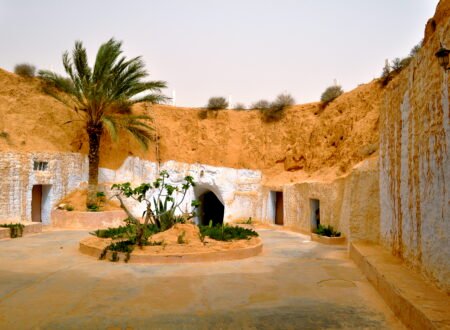On the occasion of the Amazigh year celebrated by the inhabitants of all countries in North Africa, we will give you some information that most people still dont know and media always confuse people and most of them dont know the difference between the Amazigh year and the agricultural year in North Africa.
The “Amazigh” agricultural year
The “Amazigh” agricultural year is now 6021 years old, depending on historical sources that prove that the Amazighs have proficiently cultivated, cultivated, and domesticated wild animals to become pets 4000 BC means that today it is equivalent to 6021 years and the celebration of it starts from January 1 to January 20 and since long ago the Berbers practiced Rituals celebrating a new peasant season.
the Amazigh year
for the Amazigh year, its age is now in this year 2971 and it is related to a historical event in which the Amazighs triumphed over the Pharaohs and the accession of the Amazigh king Chechong to the throne of the Pharaonic kingdom 950 years BC, and the celebration of it in North African countries will take place only between 12 and 14 January.
Due to the coincidence and timing in which the Amazigh year and the agricultural year came, some people have come to believe that the Amazigh year is the same as the “Amazigh” agricultural year, and this is of course a mistake. The agricultural year since 4000 BC and the Amazighs celebrate it for the first twenty days of January and its rituals are purely peasant. As for the Amazigh year The Berbers did not celebrate it except from 950 B.C. and its rituals are purely folkloric, and after years have passed, most Berbers have reduced the Amazigh year and the agricultural year at a specific time when they combine two agricultural and historical celebrations. Therefore, we find that in the midst of January there are peasant and folk rituals at the same time.
Happy Amazigh year for all North Africans










